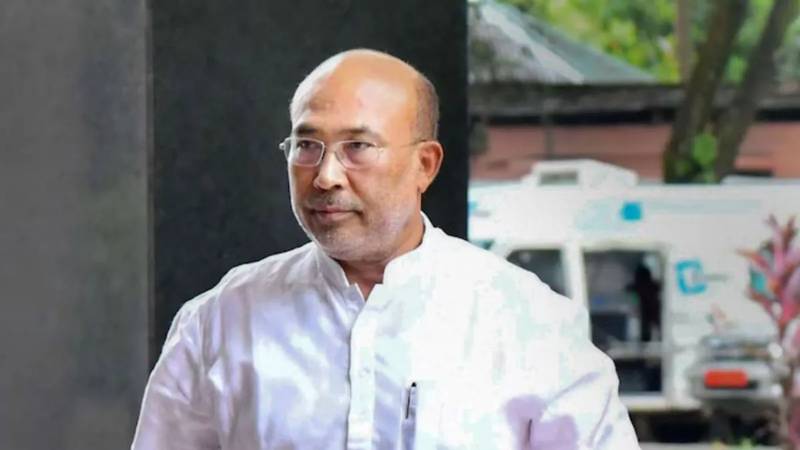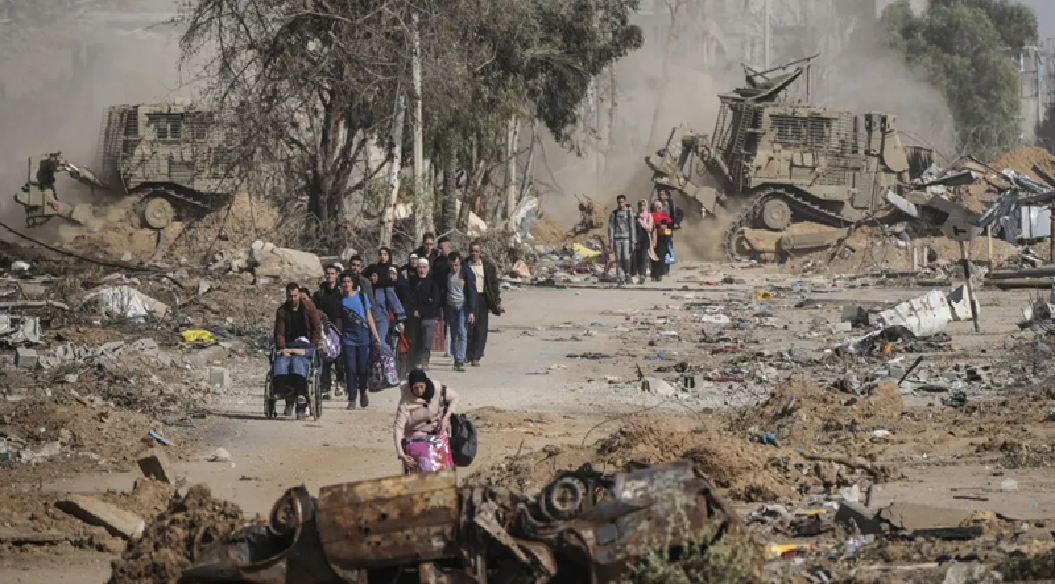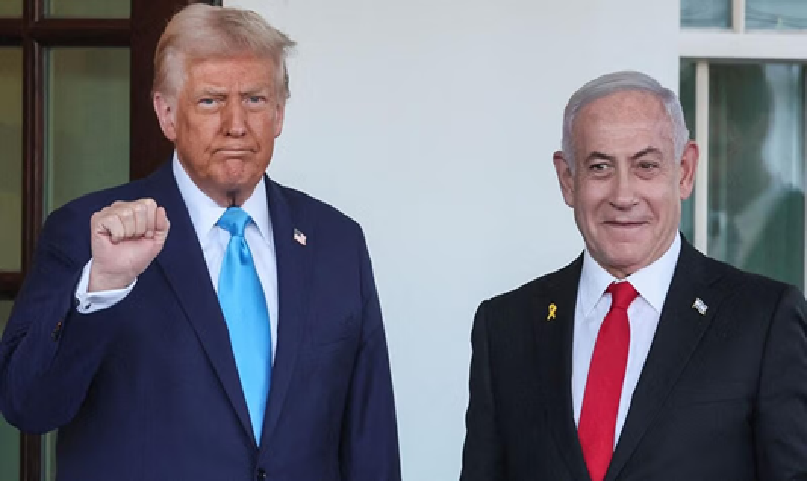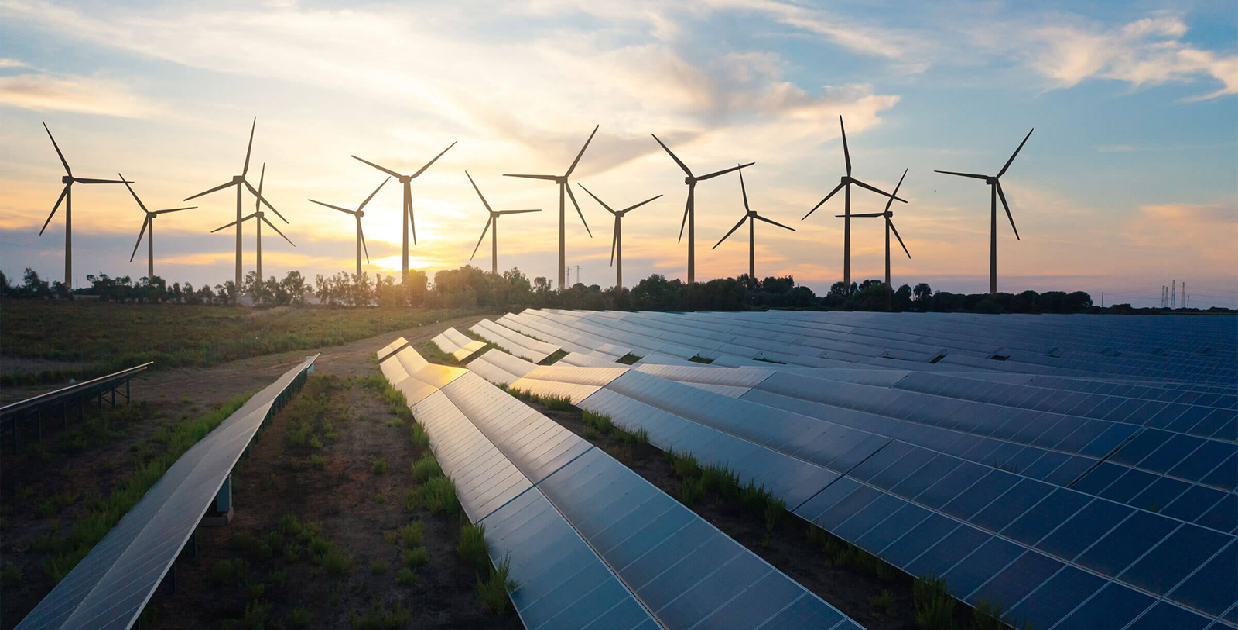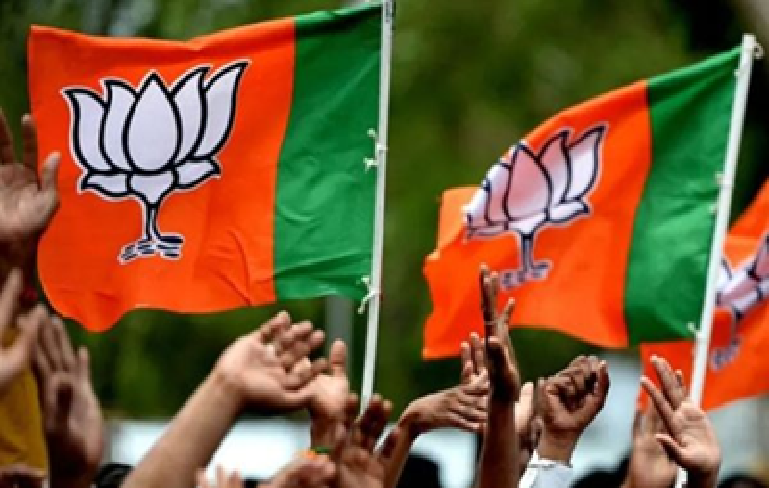.jpg)
Modi’s Hindutva gets diminished in UP
The political landscape of India has long held the belief that securing Uttar Pradesh (UP) is crucial for any party aiming to claim the throne in Delhi.
This state, with its substantial contribution of 80 members to Parliament, has historically been a bellwether for national elections. However, the 2024 elections have disrupted this conventional wisdom.
While the Bharatiya Janata Party (BJP) managed to retain power in Delhi with the help of its allies, it faced an unexpected setback in UP, which swung in favour of the Samajwadi Party (SP) and Congress coalition, INDIA.
The SP and Congress coalition’s performance in UP was notable, capturing a combined total of 43 seats, with SP winning 37. In contrast, the BJP’s count fell to 33, a significant drop from the 71 and 62 seats it secured in 2014 and 2019, respectively.
This shift highlights a remarkable change in the political winds of UP proving that Hindutva alone cannot get them the required numbers.
Highprofile BJP figures, including Smriti Irani, suffered defeats, and Narendra Modi saw his victory margin in Varanasi significantly reduced.
Even Faizabad, encompassing the politically symbolic Ayodhya, slipped from the BJP’s grasp, despite the party’s confidence that the Ram temple inauguration would bolster its appeal.
Several factors contributed to the BJP’s underwhelming performance in UP. The SP skillfully crafted a broadbased alliance, incorporating diverse caste groups to create a formidable electoral coalition.
Economic concerns, particularly unemployment and rising prices, resonated deeply with voters, especially the youth. The Modi administration’s perceived underperformance on these critical issues added to the discontent.
Additionally, the BJP’s candidate selection process faltered, leading to choices that did not sit well with local supporters.
The Rashtriya Swayamsevak Sangh (RSS), traditionally a staunch supporter of the BJP, also displayed a lackluster engagement during the campaign, further weakening the party’s outreach.
The interplay of overconfidence, complacency, and internal discord appears to have catalyzed the BJP’s decline in UP. However, this electoral outcome does not signify a complete rejection of the BJP or its ideological stance.
The SP and Congress coalition must now leverage this momentum and translate their electoral success into sustainable political capital. This requires a strategic blend of addressing fundamental economic issues and continuing their social engineering efforts to broaden their demographic appeal ahead of the next assembly elections.
For the BJP, the results from UP are a wake-up call, necessitating a thorough reevaluation of its strategies and alliances. The party must introspect and identify new approaches to reconnect with the electorate.
UP’s message is clear: political fortunes in this critical state are far from guarant e e d and require continuous, adaptive efforts to maintain voter support.
As the BJP returns to the drawing board, the 2024 elections serve as a potent reminder of the dynamic and unpredictable nature of Indian politics.
 English daily published in Bengaluru & Doha
English daily published in Bengaluru & Doha

